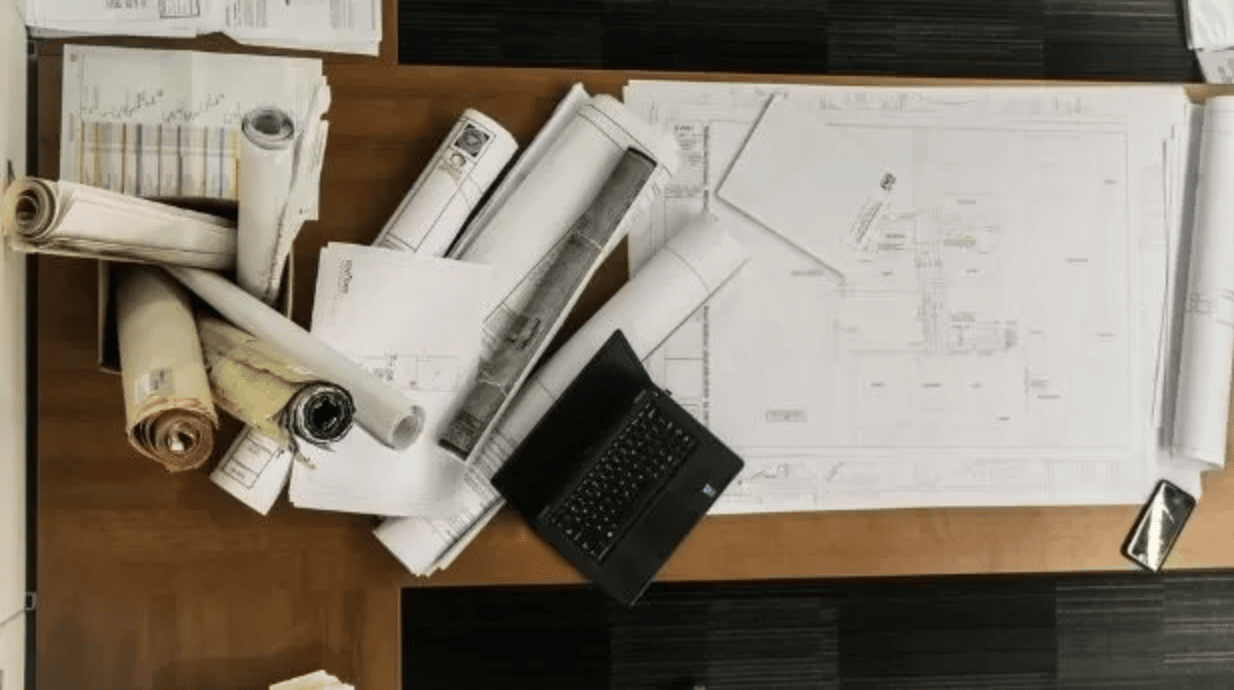Trends in architecture may change more slowly than trends in clothing or cuisine. However, they often make bold claims when they move, so it’s essential to follow them to please the customers and draw in investors. In the absence of physical space, the architectural depiction is crucial. New partnerships, environmentally friendly solutions, and industrial innovation are subtly altering the architecture community.
Five Latest Trends in the Architectural Drafting
In the past, the construction sector has slowly adopted new technologies. Representation is not a luxury but a necessity to test, explain, and market an idea for unbuilt structures. Fortunately, the technology explosion has given designers unheard-of ways to represent concepts today, including computer-aided drawing, photorealistic rendering, and virtual reality.
The five most recent trends in architectural drafting are listed below for firms to adopt:
- Innovative Architectural Drafting
A company should constantly look forward to architectural drafting services if it is interested in innovating and perceives the building structure through imaginative eyes. You not only have the aptitude to understand design, strategy, and dimension but also to produce the kind of plans that give rise to intricate architectural trends. Due to social, economic, or ecological concerns, builders are now incorporating eco-friendly concepts.
As drafters become more knowledgeable about renewable energy, carbon emissions, and net-zero energy-efficient concepts, many of the most recent trends are influenced by function, climate change, and environmental responsibility. Permaculture and urban landscape principles are two dynamic design ideas that pave the way for safer, cleaner dwellings that offer comfort and prevent environmental harm.
- Drafting and Design Ideas for Small Homes
Families are less interested in living in large, sophisticated buildings these days than they once were. The newest design trend is to create compact homes that make the most of every available space. Owners of tiny homes are reevaluating their lifestyles because innovative drafting and design ideas result in more financial stability, fewer possessions, and functional homes. Additionally, drafters are using algorithms, AI, and automation to create functional spaces that result in intelligent technology homes with more compact floor plans.
Most designs begin with a floor plan, and architects may use 3D floor plan services. Architects may quickly and easily construct a drafting design for a small house by combining architectural drafting and 3D modeling.
Along with this, the ideas of co-living and co-working places are beginning to take shape. Architects are concentrating more on seeking solutions that give them suggestions on implementing the most recent technology and needs now that it is the new norm.
- Automation in Robotics and Artificial Intelligence Drafting and Design
Modern households greatly benefit from investing in future ideas incorporating robotics, artificial intelligence, and automation. Modern drafting and design software programs have allowed architects to create anything digitally, including 2D simulations and 3D simulations. There is also an agreement on how sophisticated robotic technology blends with homeowners’ preferences for appealing design. Automatic navigation and intelligent artificial intelligence automation tools are advancing further, making it an obvious choice.
Architects are concentrating on automating their services to save time and effort as more and more current tools and technologies are put in place.
- Developing Renewable Energy
The impacts of pollution caused by construction and its continued impact on the environment are being discussed by many climate activists in the modern world. In light of this, drafters, architects, and engineers are concentrating on developing structures that have smaller carbon footprints and use more energy. They are creating building designs that produce natural resources as a result.
Additionally, natural disasters are a problem for today’s architects and designers, who frequently face pressure to create disaster-proof designs. Designing a draft that is not only disaster-resistant but also climatic and environmentally friendly can be aided by architectural drafting services, such as renewable energy drafting. More owners of homes and businesses are opting for environmentally friendly buildings with bio-design capabilities.
At some of the most prestigious firms in the world, architects are pushing the boundaries of sustainable design, innovating by addressing climate and energy challenges and maximizing potential flexibility.
- Ecologically Sound Organic Materials.
With the current climate and ecology, people are very aware of recycling, sustainable organic development, inexpensive renewable construction materials, and eco-friendly procedures. To cut expenses and carbon footprints, architects will now consider how to reuse materials and incorporate drawing ideas. Global architects are beginning to incorporate locally accessible materials into artistic designs to improve sustainability and cost-saving strategies that provide trendy eco-friendly origins.
Conclusion
Following the most recent developments in architectural design will help you create imaginative infrastructures that provide the most notable contemporary results, whether you are a draftsman, architect, or engineer. Therefore, it becomes equally necessary to keep up with the most recent and popular architectural designs that can help create environmentally safe and sustainable living spaces that everyone enjoys and desires.
